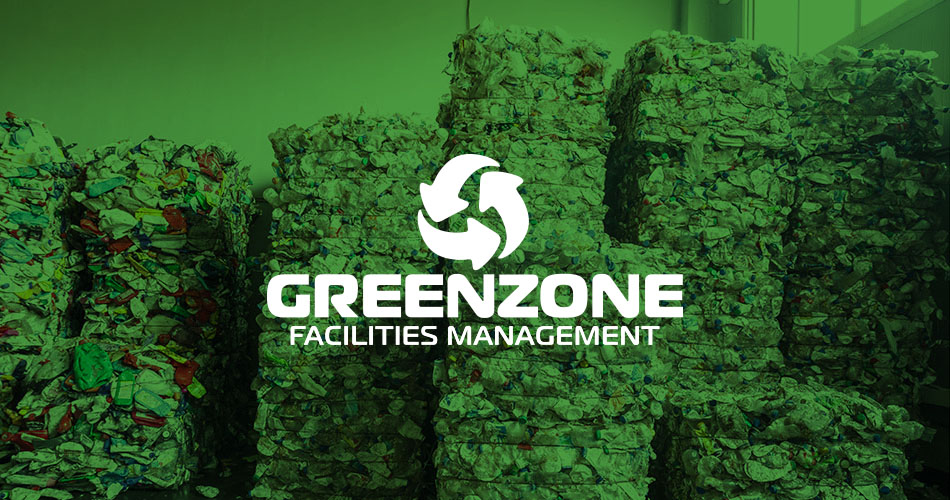But scientists recently discovered a strain of bacteria that can literally eat the plastic used to make bottles, and have now improved it to make it work faster. The effects are modest – it’s not a complete solution to plastic pollution – but it does show how bacteria could help create more environmentally friendly recycling..
Plastics are complex polymers, meaning they are long, repeating chains of molecules that don’t dissolve in water. The strength of these chains makes plastic very durable and means it takes a very long time to decompose naturally. If they could be broken down into their smaller, soluble chemical units, then these building blocks could be harvested and recycled to form new plastics in a closed-loop system..
In 2016, scientists from Japan tested different bacteria from a bottle recycling plant and found that Ideonella sakaiensis 201-F6 could digest the plastic used to make single-use drinks bottles, polyethylene terephthalate (PET). It works by secreting an enzyme (a type of protein that can speed up chemical reactions) known as PETase. This splits certain chemical bonds (esters) in PET, leaving smaller molecules that the bacteria can absorb, using the carbon in them as a food source..
Although other bacterial enzymes were already known to slowly digest PET, the new enzyme had apparently evolved specifically for this job. This suggests it might be faster and more efficient and so have the potential for use in bio-recycling..
As a result, several teams have been trying to understand exactly how PETase works by studying its structure. In the past 12 months, groups from Korea, China and the UK, US and Brazil have all published work showing the structure of the enzyme at high resolution and analysing its mechanisms.
Orginal Source

